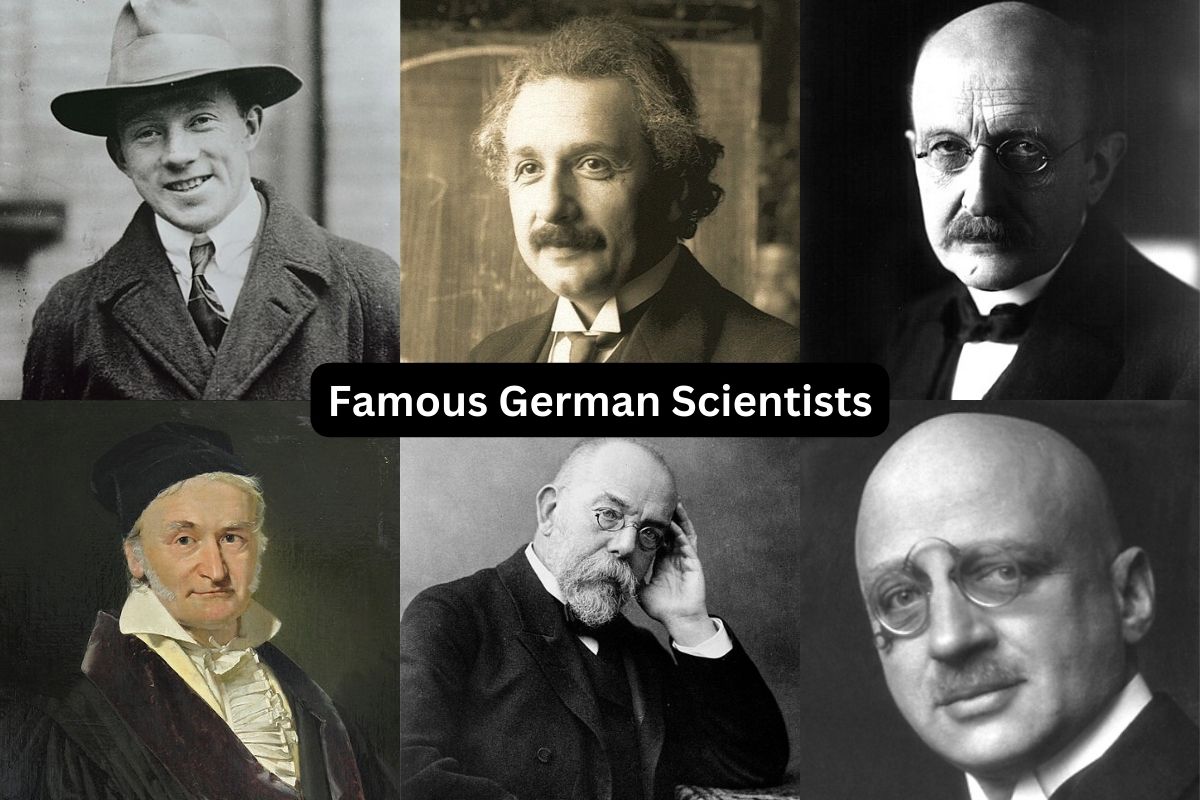Germany has a rich history of scientific innovation and discovery, boasting a long list of influential minds who have left an indelible mark on the world of science and technology.
In this article, we delve into the lives and achievements of some of the most famous German scientists, each of whom made groundbreaking contributions to their respective fields.
From revolutionizing our understanding of the cosmos to transforming the way we view the fundamental building blocks of nature, these scientists have shaped the course of human knowledge and continue to inspire generations of researchers.
Join us on a journey through the remarkable careers and enduring legacies of these intellectual giants who have forever changed the face of science.
Famous German Scientists
1. Albert Einstein (1879-1955)

Albert Einstein is perhaps the most iconic physicist of the 20th century. He is best known for his theory of relativity, which includes the famous equation E=mc². This theory revolutionized our understanding of space, time, and gravity.
In 1905, Einstein published the theory of special relativity, which introduced the concept that the laws of physics are the same for all non-accelerating observers and showed that time and space are interconnected.
Also Read: Famous Asian Scientists
In 1915, he presented the theory of general relativity, which explained gravitation as the curvature of spacetime caused by mass and energy.
Einstein received the Nobel Prize in Physics in 1921 for his work on the photoelectric effect, demonstrating the particle-like nature of light.
His theories have had profound implications for our understanding of the universe and have been confirmed through numerous experiments.
2. Werner Heisenberg (1901-1976)
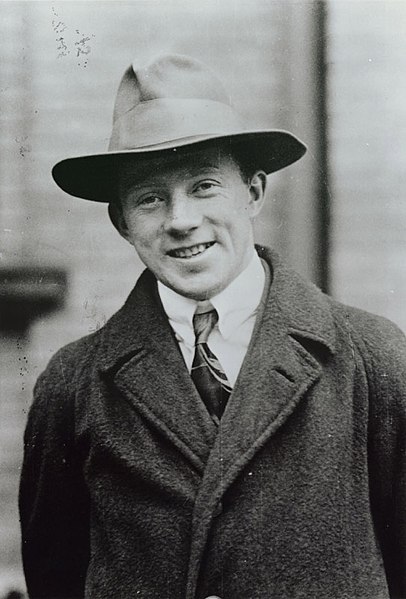
Werner Heisenberg was a pioneering physicist who made significant contributions to the development of quantum mechanics in the early 20th century.
He is most famous for formulating the Heisenberg Uncertainty Principle in 1927, which states that it is impossible to simultaneously determine the precise position and momentum of a particle with perfect accuracy.
Also Read: Most Famous Jewish Scientists
This principle fundamentally changed our understanding of the behavior of particles on the atomic and subatomic scales.
Heisenberg’s matrix mechanics and wave mechanics played a crucial role in the development of quantum theory.
He received the Nobel Prize in Physics in 1932 for his creation of quantum mechanics.
3. Max Planck (1858-1947)
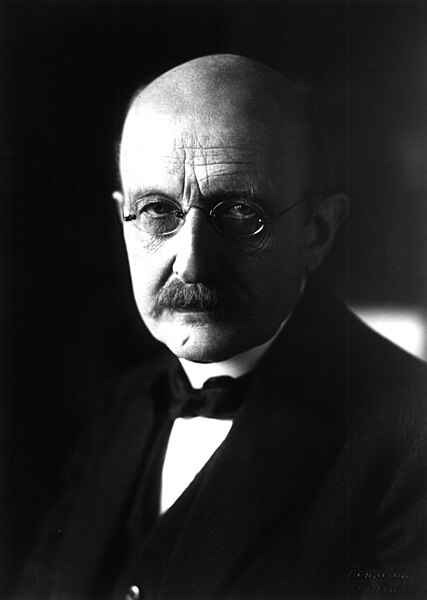
Max Planck is often referred to as the “father of quantum theory.” He made a groundbreaking contribution by introducing the concept of quantization of energy.
In 1900, Planck formulated Planck’s law of black-body radiation, which explained how the energy of radiation emitted by a black body is quantized in discrete units, now known as photons.
This work laid the foundation for quantum mechanics, a field that would later be developed by others, including Werner Heisenberg and Erwin Schrödinger.
Planck’s constant (h), a fundamental constant in quantum mechanics, is named in his honor.
He received the Nobel Prize in Physics in 1918 in recognition of his revolutionary work on quantum theory.
4. Johannes Kepler (1571-1630)
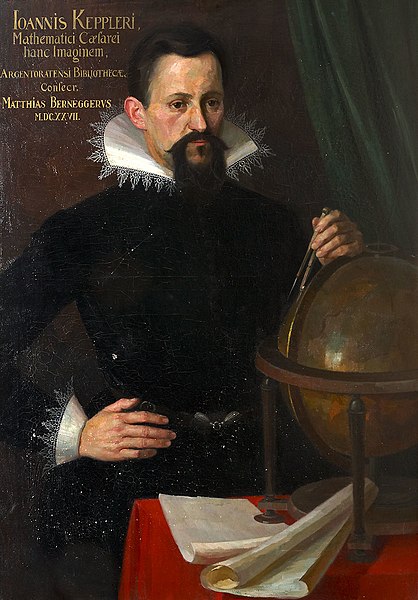
Johannes Kepler was a mathematician and astronomer best known for his work on the motion of planets. He made significant contributions to our understanding of celestial mechanics.
Kepler formulated three laws of planetary motion known as Kepler’s Laws:
- Kepler’s First Law (Law of Ellipses): Planets move in elliptical orbits with the sun at one of the two foci.
- Kepler’s Second Law (Law of Equal Areas): A line segment joining a planet and the sun sweeps out equal areas in equal intervals of time, meaning that planets move faster when they are closer to the sun in their orbits.
- Kepler’s Third Law (Law of Harmonies): The square of the orbital period of a planet is directly proportional to the cube of the semi-major axis of its orbit.
His laws laid the foundation for Isaac Newton’s later work on universal gravitation.
5. Robert Koch (1843-1910)
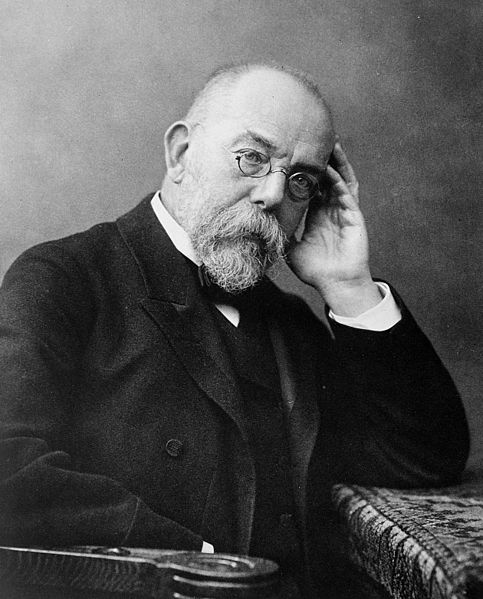
Robert Koch was a physician and microbiologist who made groundbreaking contributions to the field of bacteriology.
In 1882, he discovered the bacterium Mycobacterium tuberculosis, the causative agent of tuberculosis (TB), and developed Koch’s postulates, a set of criteria for establishing the link between a specific microorganism and a particular disease.
Koch’s work also led to the development of new techniques for culturing bacteria and studying infectious diseases.
His research and methodology laid the groundwork for modern microbiology and epidemiology.
6. Fritz Haber (1868-1934)
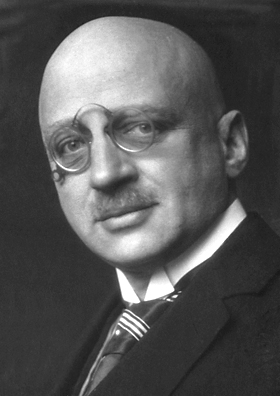
Fritz Haber was a chemist known for his significant contributions to physical chemistry and the development of chemical warfare during World War I.
He is best known for the Haber-Bosch process, developed with Carl Bosch, which allowed for the large-scale synthesis of ammonia from nitrogen and hydrogen. This process revolutionized agriculture by enabling the production of synthetic fertilizers, greatly increasing food production worldwide.
However, Haber’s work on chemical weapons, particularly the development of chlorine and mustard gas, remains controversial.
Despite the controversy, his contributions to chemistry and the Haber-Bosch process have had a lasting and positive impact on the world’s food supply.
7. Carl Friedrich Gauss (1777-1855)
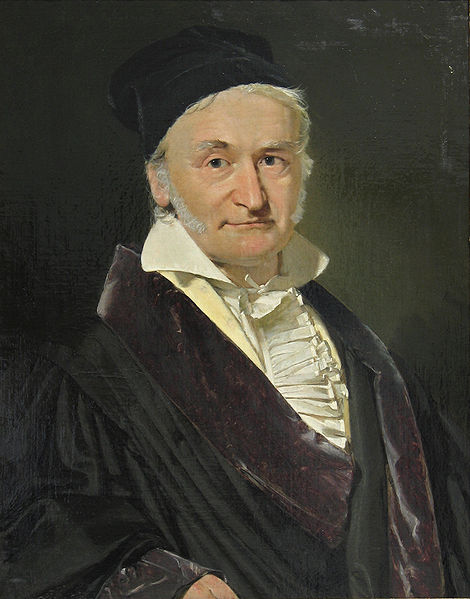
Carl Friedrich Gauss was a mathematician, often referred to as the “Prince of Mathematicians” for his exceptional contributions to various areas of mathematics.
He made groundbreaking discoveries in number theory, including the fundamental theorem of arithmetic, which states that every integer greater than 1 is either prime or can be uniquely factored into prime numbers.
Gauss also developed the method of least squares, a statistical technique for estimating the parameters of a mathematical model from observed data, which has widespread applications in various fields.
His work in geometry, particularly non-Euclidean geometry, laid the groundwork for the development of modern geometry.
8. Max Born (1882-1970)
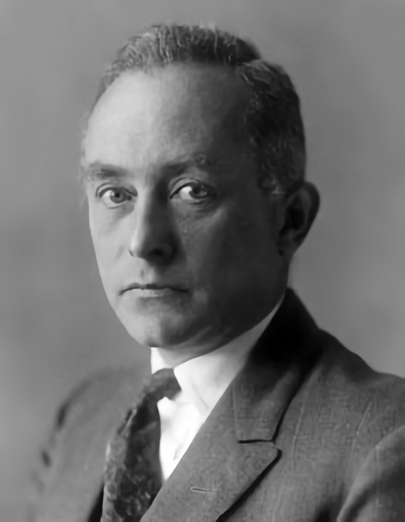
Max Born was a physicist and mathematician known for his significant contributions to the field of quantum mechanics.
He played a key role in the development of the matrix mechanics formulation of quantum theory, along with Werner Heisenberg and Pascual Jordan.
Born is famous for the Born Rule, which provides a probabilistic interpretation of the wave function in quantum mechanics, explaining how to calculate the probability of finding a particle in a particular state.
His work on the statistical interpretation of quantum mechanics has had a profound influence on the understanding of the quantum world.
9. Emmy Noether (1882-1935)

Emmy Noether was a pioneering mathematician who made significant contributions to abstract algebra and theoretical physics.
She formulated Noether’s theorem, which relates symmetries in physical systems to conservation laws, such as the conservation of energy and momentum. This theorem is fundamental in modern physics.
Her work in the fields of algebra, ring theory, and group theory has had a profound impact on mathematics and theoretical physics.
Despite facing gender-based discrimination in academia, Noether’s contributions are now widely recognized and celebrated.
10. Werner von Braun (1912-1977)

Werner von Braun was a rocket scientist and aerospace engineer who played a pivotal role in the development of rocket technology during and after World War II.
He is best known for his work on the V-2 rocket, a ballistic missile used by Nazi Germany during the war. After the war, he and his team were brought to the United States as part of Operation Paperclip, where they continued their research.
Von Braun was a key figure in the development of the Redstone and Saturn V rockets, which were instrumental in NASA’s Apollo program and the successful moon landings in the 1960s.
His contributions to space exploration and rocketry were instrumental in the early years of the Space Age.
